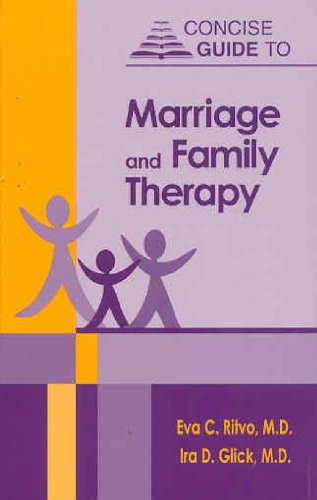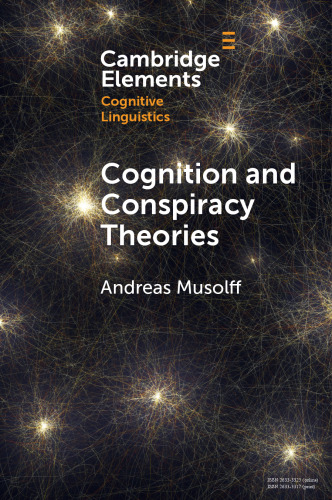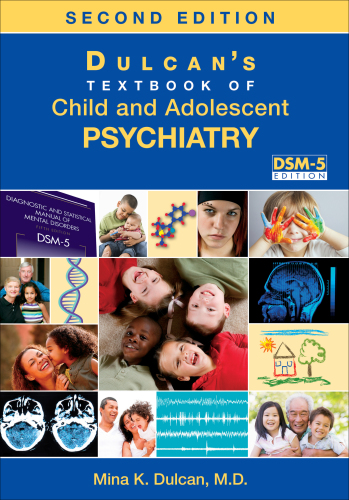Developed for use in the clinical setting, Concise Guide to Marriage and Family Therapy gives you core knowledge in the field in a single quick-reading, quick-reference volume. With brief, to-the-point guidance and step-by-step protocols, Concise Guide to Marriage and Family Therapy is an invaluable resource for the busy clinician and therapist in training.
With the help of detailed indexes, fast-reading narrative, and lots of summary charts, you’ll find the answers you need in seconds. Concise Guide to Marriage and Family Therapy puts the most essential information at your fingertips, with practical guidance on how to
Create a family intervention plan—including making a diagnosis, developing a treatment contract, and applying an integrated model for intervention based on the latest research Manage the practical side of treatment—including logistics, fee setting, and combining therapy with other treatments such as medication and individual intervention Work with specific problems of couples—including evaluating and treating sexual dysfunction and helping couples manage separation and divorce
Concise Guide to Marriage and Family Therapy offers you a wealth of practical guidance based on the latest research, condensed into a single information-packed reference. For the quick facts you need to make better clinical decisions for improved outcomes, you won’t find a more useful tool.
چکیده فارسی
راهنمای مختصر برای ازدواج و خانواده درمانی که برای استفاده در محیط بالینی توسعه یافته است، دانش اصلی در این زمینه را در یک جلد سریع خوان و مرجع سریع به شما می دهد. با راهنمایی مختصر و دقیق و پروتکلهای گام به گام، راهنمای مختصر ازدواج و خانواده درمانی منبعی ارزشمند برای پزشک و درمانگر مشغول در آموزش است.
با کمک نمایه های دقیق، روایت سریع خوان، و تعداد زیادی نمودار خلاصه، در عرض چند ثانیه پاسخ های مورد نیاز خود را خواهید یافت. راهنمای مختصر ازدواج و خانواده درمانی، ضروری ترین اطلاعات را با راهنمایی های عملی در مورد نحوه
در اختیار شما قرار می دهد. ایجاد یک طرح مداخله خانواده - از جمله تشخیص، ایجاد یک قرارداد درمانی، و استفاده از یک مدل یکپارچه برای مداخله بر اساس آخرین تحقیقات مدیریت جنبه عملی درمان - از جمله تدارکات، تعیین هزینه، و ترکیب درمان با سایر درمانها مانند دارو و مداخله فردی کار با مشکلات خاص زوج ها - از جمله ارزیابی و درمان اختلالات جنسی و کمک به زوج ها در مدیریت جدایی و طلاق
راهنمای مختصر ازدواج و خانواده درمانی، انبوهی از راهنمایی های عملی را بر اساس آخرین تحقیقات به شما ارائه می دهد که در یک مرجع پر از اطلاعات خلاصه شده است. برای اطلاعات سریعی که برای تصمیم گیری بالینی بهتر برای نتایج بهتر نیاز دارید، ابزار مفیدتری پیدا نخواهید کرد.
ادامه ...
بستن ...
DEFINITION OF MARRIAGE AND FAMILY THERAPY Family therapy is distinguished from other psychotherapies by its conceptual focus on the family system as a whole. In this view, ma- jor emphasis is placed on understanding how the system as a whole remains functional and on understanding individual behavior pat- terns as arising from, and inevitably feeding back into, the complex interactions within the family system. In other words, a person’s thoughts, feelings, and behaviors are seen as multidetermined and partly a product of significant interpersonal relationships. From the family systems perspective, alterations in the larger marital and family unit may therefore have positive consequences for the indi- vidual members as well as for the larger system. A major emphasis is generally placed on understanding and intervening in the family system’s current patterns of interaction, with usually only a second- ary interest in the origins and development of these interactions (de- pending on the model)
ادامه ...
بستن ...










